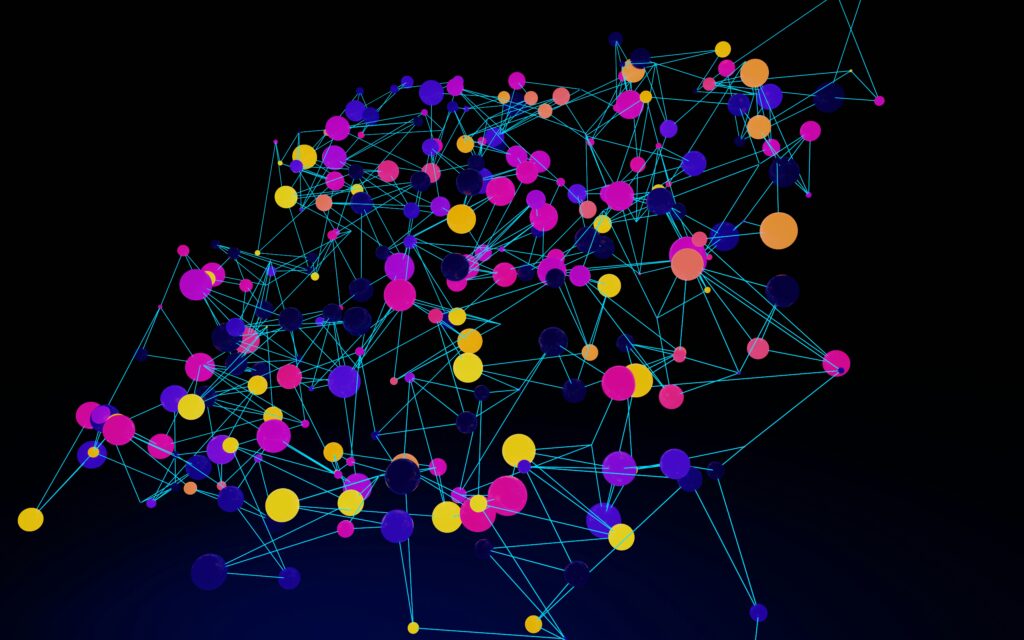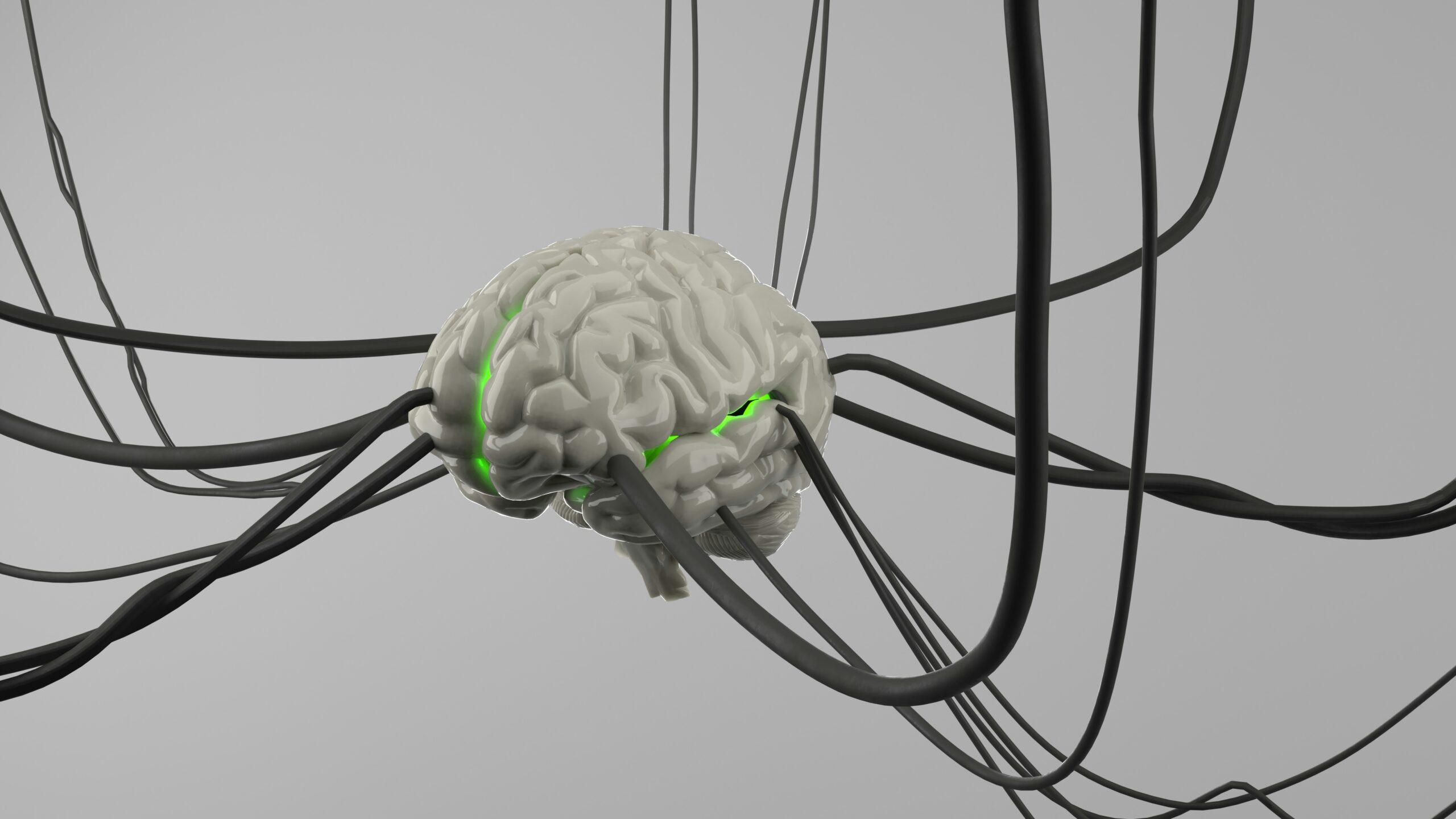Introduction
Imagine controlling your phone with a thought or restoring movement to paralyzed limbs. Brain-computer interfaces (BCIs) are turning sci-fi into reality in 2025, bridging the gap between mind and machine. With companies like Neuralink and Synchron leading the charge, BCIs are trending on X (#BCIRevolution2025), promising to reshape healthcare, gaming, and communication. Let’s explore how BCIs work, their transformative potential, and what’s driving their rise this year.
What Are Brain-Computer Interfaces?
BCIs are devices that translate brain signals into digital commands. Electrodes, either implanted or worn, capture neural activity, which algorithms convert into actions like typing or moving a robotic arm. In 2025, non-invasive BCIs (headsets) are gaining traction for consumer use, while invasive implants target medical needs. I tried a prototype BCI headset at a tech expo—it felt like magic to move a cursor with my thoughts!
The Technology Behind BCIs
Modern BCIs rely on advanced neural sensors and AI. Sensors detect electrical impulses from neurons, while machine learning decodes patterns. For example, Neuralink’s chip, with 1,000+ electrodes, processes signals in real-time. Battery life (up to 12 hours) and wireless connectivity are improving, per IEEE reports. X posts highlight 2025’s breakthroughs, like 50% faster signal processing, making BCIs more practical.

Invasive vs. Non-Invasive BCIs
Invasive BCIs, implanted surgically, offer precision but carry risks like infection (1-3% chance, per clinical studies). Non-invasive options, like Emotiv’s headsets, are safer but less accurate. In 2025, hybrid models are emerging, balancing efficacy and safety. I’ve seen X debates (#Neuralink2025) on ethics—some worry about “brain hacking,” while others see life-changing potential.
AI’s Role in BCIs
AI is the backbone, translating chaotic neural signals into clear commands. Deep learning models, trained on vast datasets, improve accuracy by 30% compared to 2023, per Nature. My friend, a data scientist, explained how reinforcement learning fine-tunes BCI outputs, like helping stroke patients “speak” via text. X users share clips of AI-BCI demos, fueling excitement.
Applications Transforming 2025
BCIs are no longer niche. In healthcare, they restore mobility—Synchron’s implant lets ALS patients control devices, with 80% success in trials (FDA data). Gaming is another frontier; Valve’s BCI prototype lets players control avatars with thoughts, boosting immersion. I tested a BCI game demo—it was surreal! Communication is evolving too—BCIs enable “thought-to-text,” a game-changer for disabilities.
Healthcare Breakthroughs
In 2025, BCIs treat epilepsy, depression, and paralysis. Clinical trials show 60% of patients with motor implants regain partial movement, per NIH. Costs are dropping—implants now average $20,000, down from $50,000 in 2023. X stories of patients “walking again” (#BCIMiracles2025) are inspiring, though access remains limited.

Challenges and Ethical Concerns
BCIs face hurdles. Privacy is a hot topic—can companies access your thoughts? Data encryption is improving, but risks remain. Surgical BCIs have a 5% complication rate, per JAMA. Costs exclude many; non-invasive models are $300-$1000, out of reach for some. X debates (#BCIEthics2025) question regulation—should BCIs be open-source or tightly controlled?
Accessibility and Equity
BCIs are pricey, limiting access in low-income regions. Non-profits like BrainGate are pushing subsidies, covering 15% of costs in 2025. I’ve seen X campaigns (#BCIForAll2025) advocating for universal access, but scaling production is slow—only 10,000 implants annually, per industry reports.
The Future of BCIs in 2025 and Beyond
By year-end, expect 25% more BCI startups, per Crunchbase. Consumer headsets will drop to $200, making them as common as smartwatches. Medical BCIs aim to treat Alzheimer’s by 2027, with trials starting now. I predict BCIs will integrate with AR glasses, merging thought and vision—X is already hyping #ARBCI2025. The next decade could see “mind-uploading” experiments, though that’s speculative.
Conclusion
Brain-computer interfaces are rewiring humanity in 2025, from healing to gaming. They’re not perfect—privacy and costs are concerns—but their potential is undeniable. Dive into the BCI wave on X, grab a headset, and imagine a world where thoughts shape reality.
